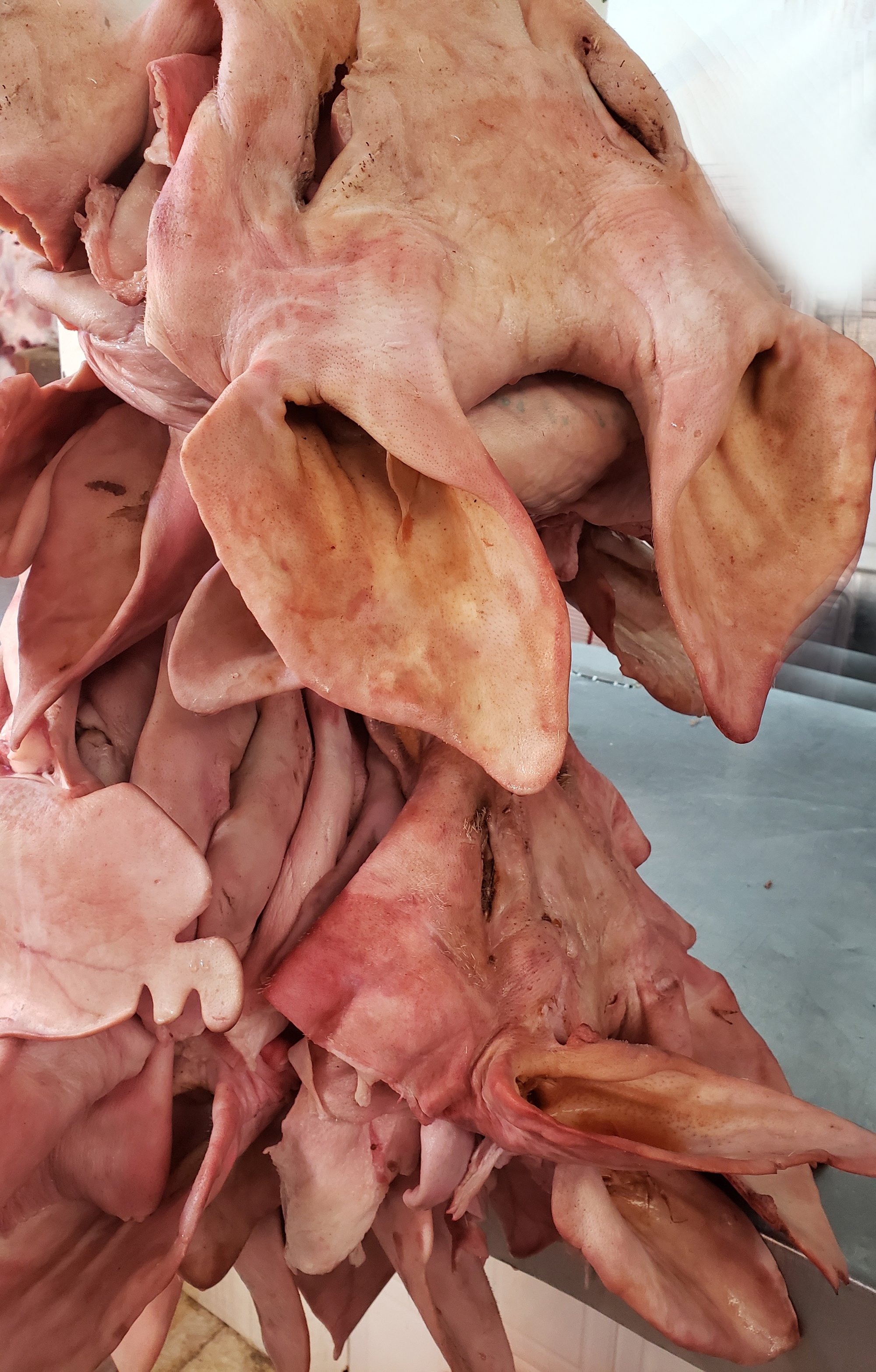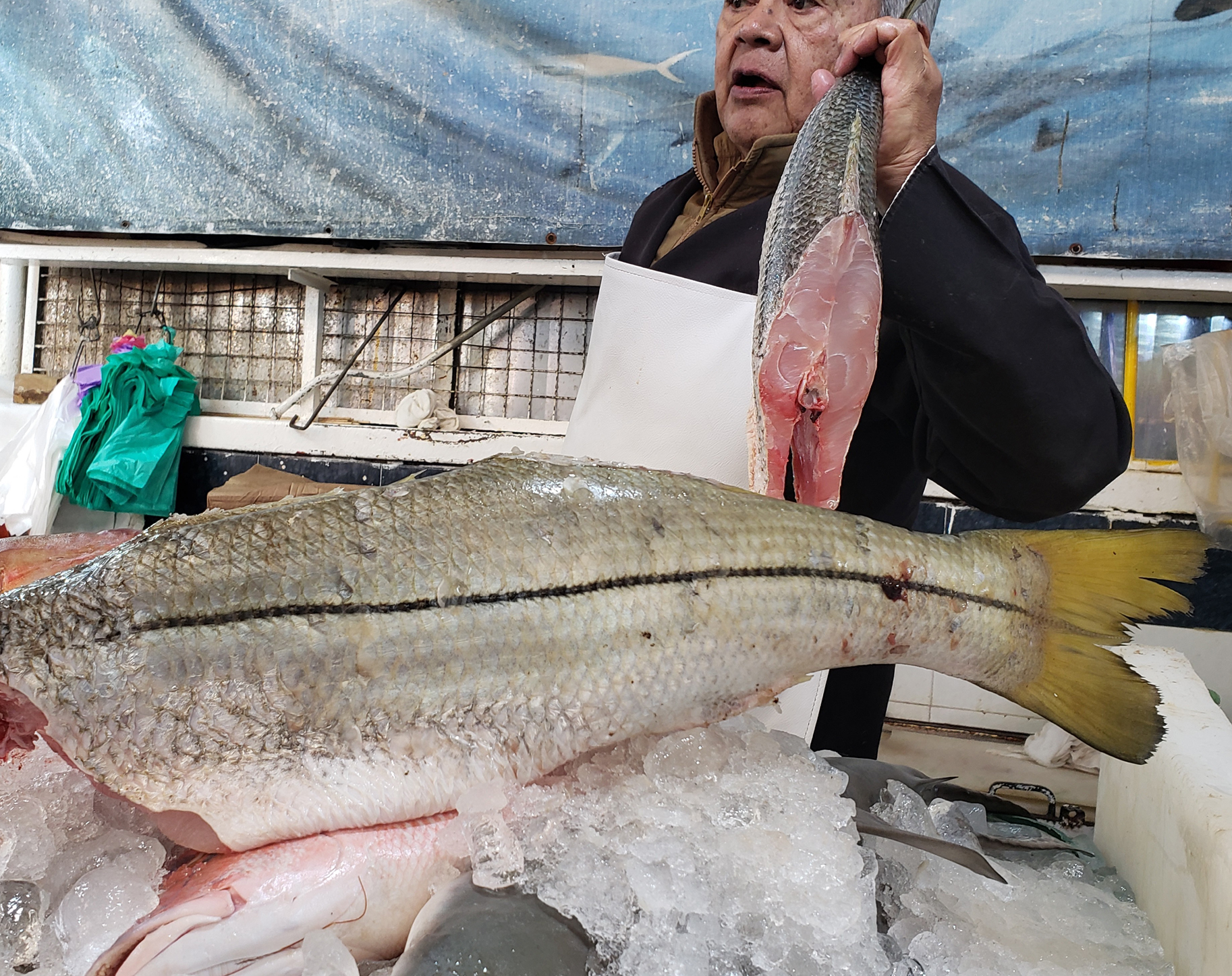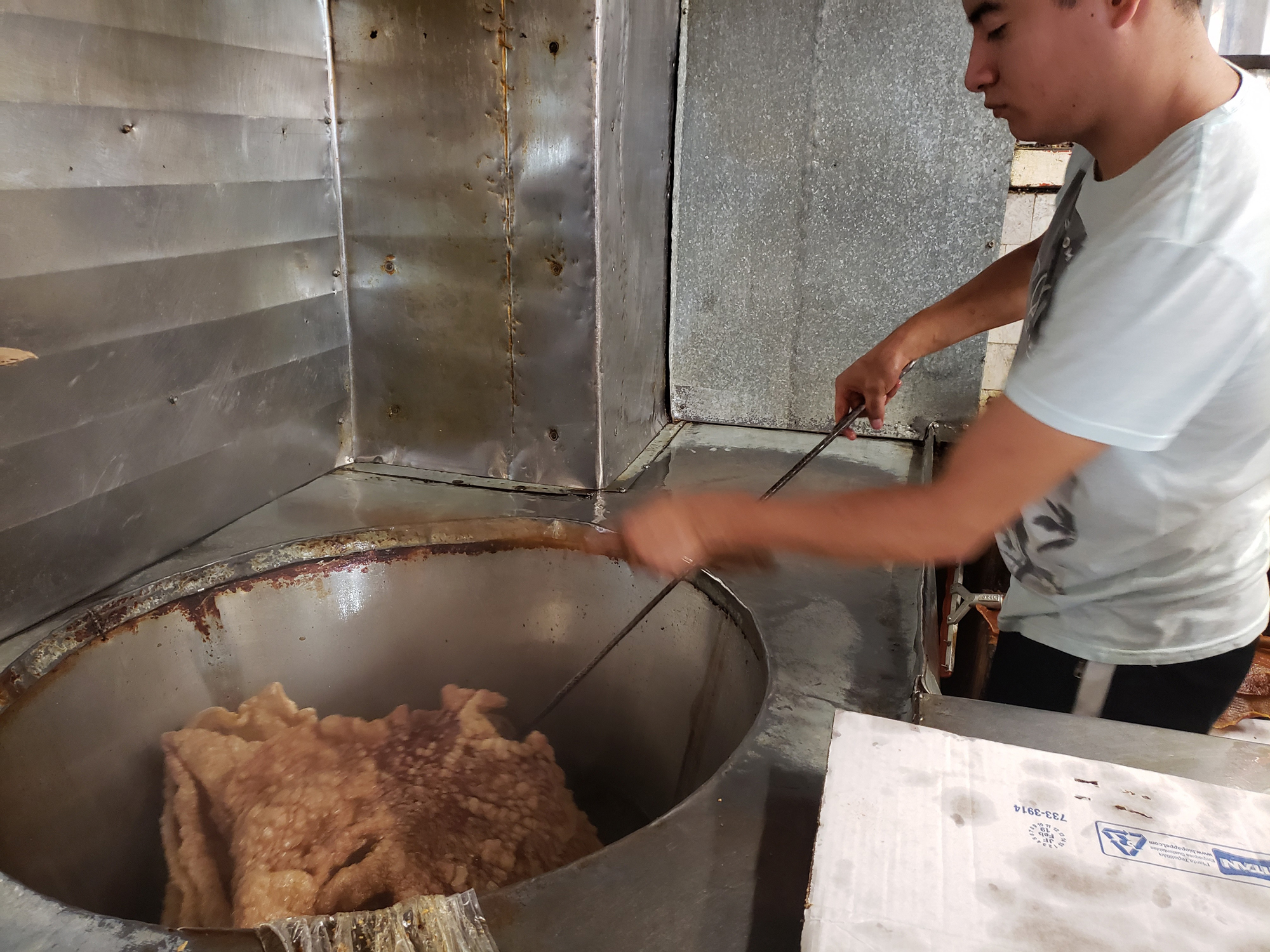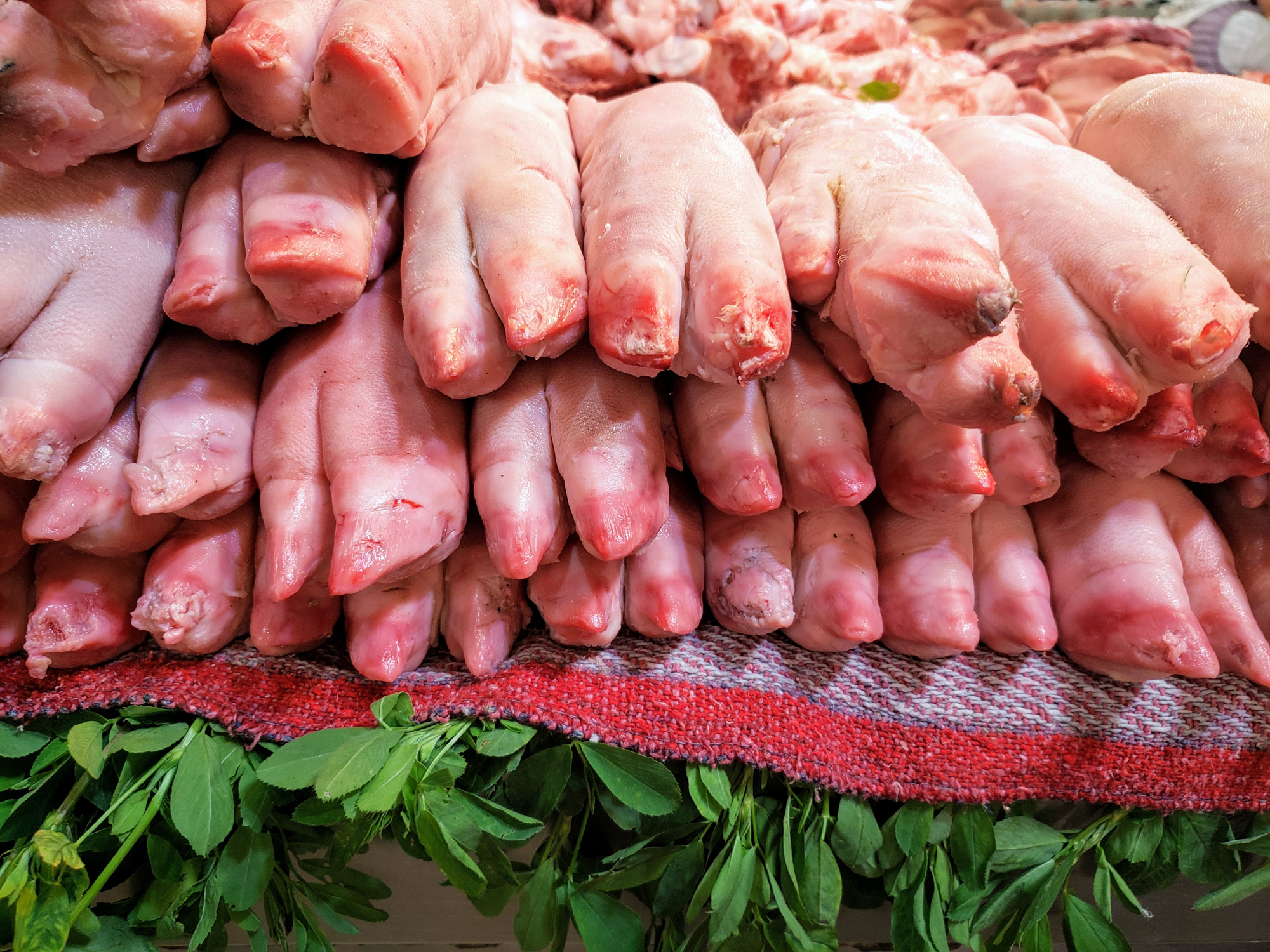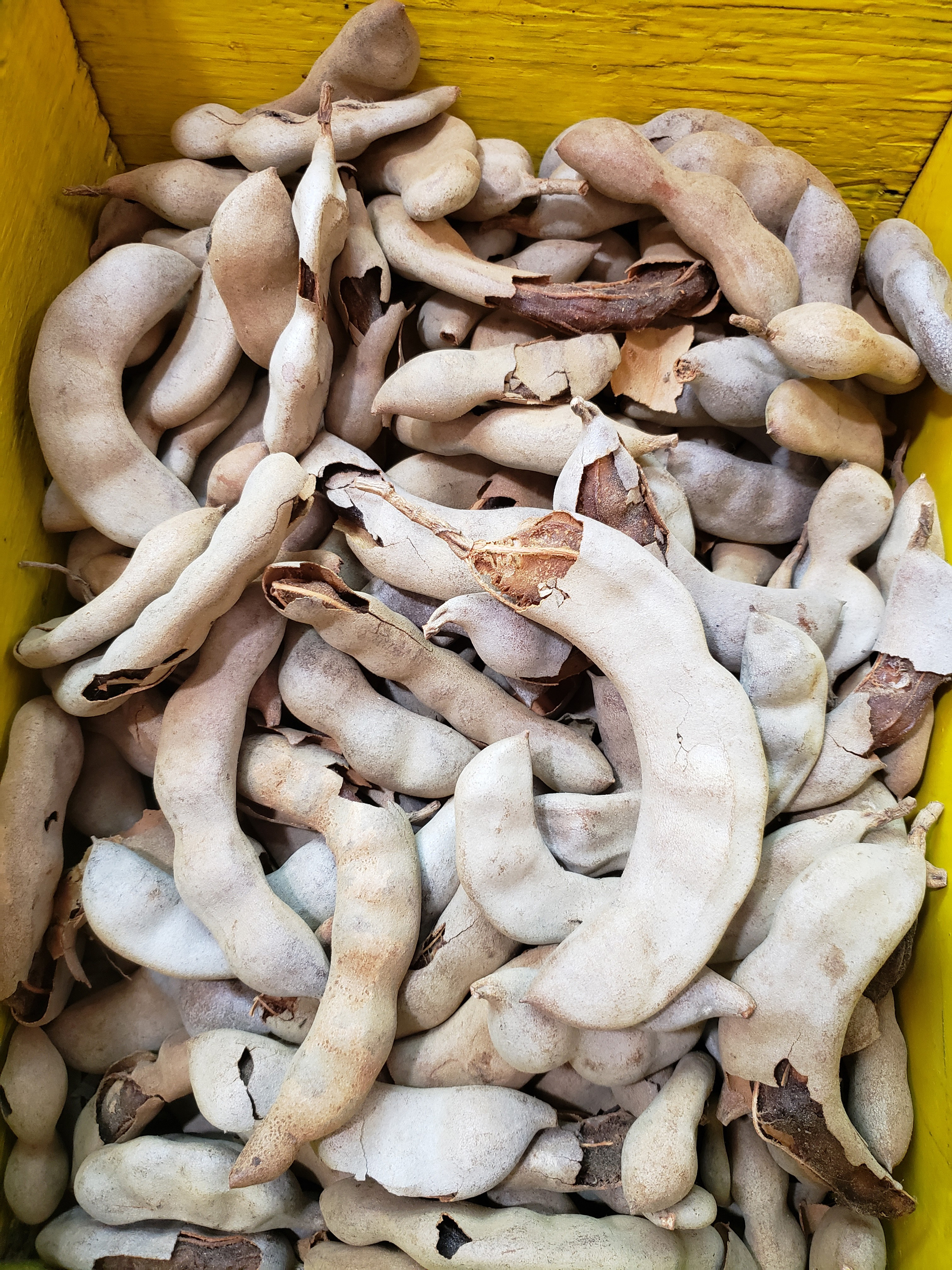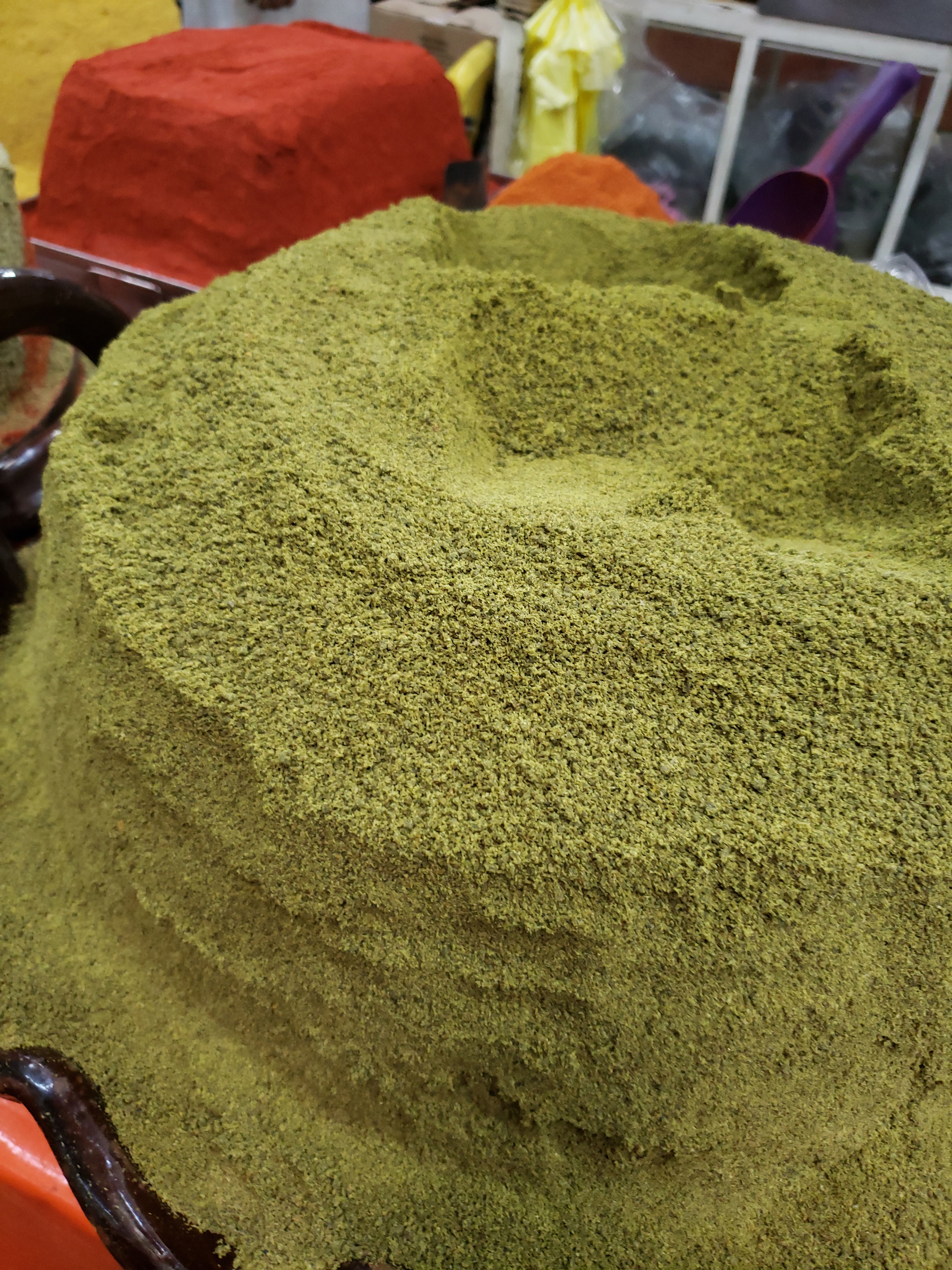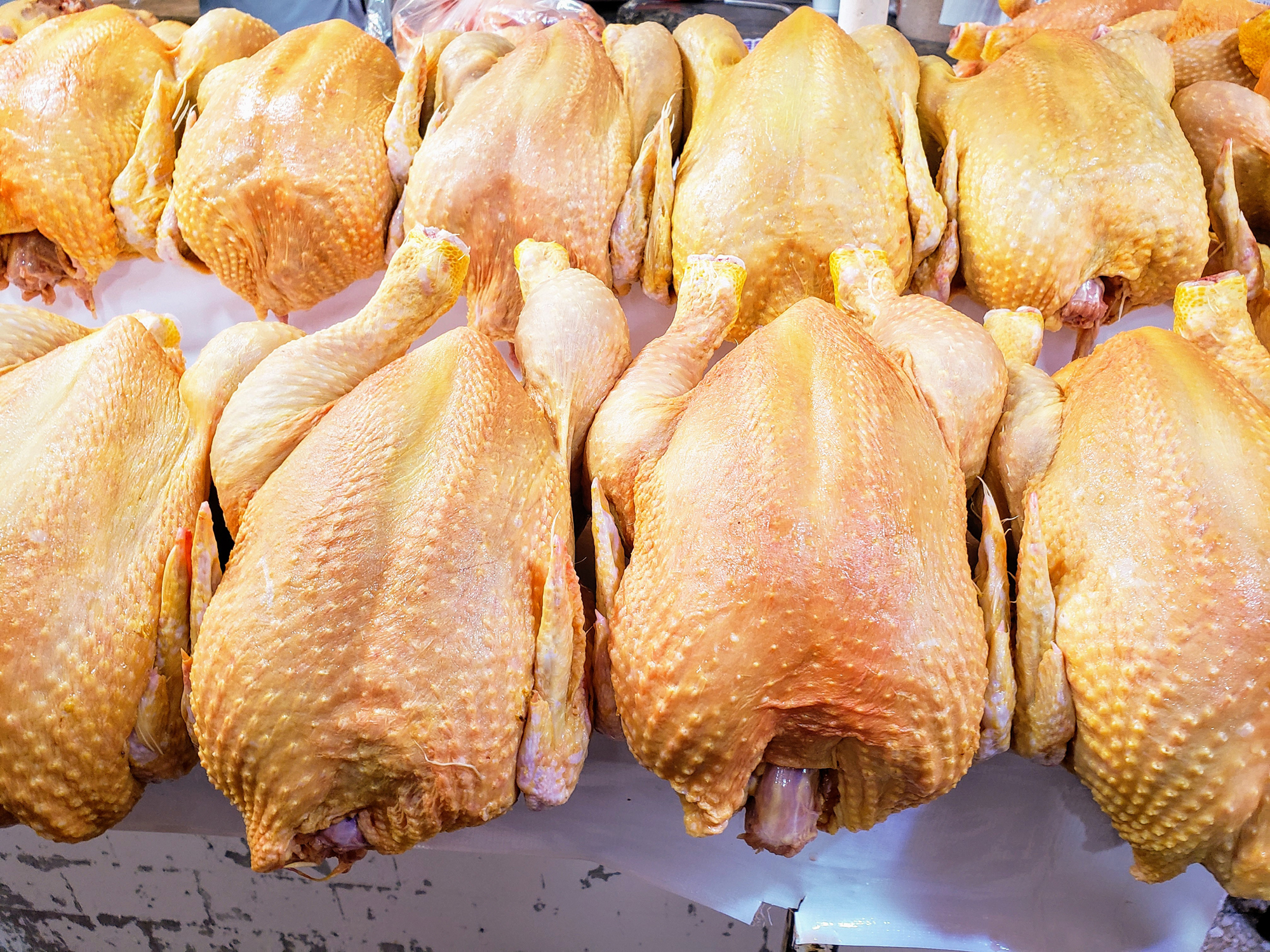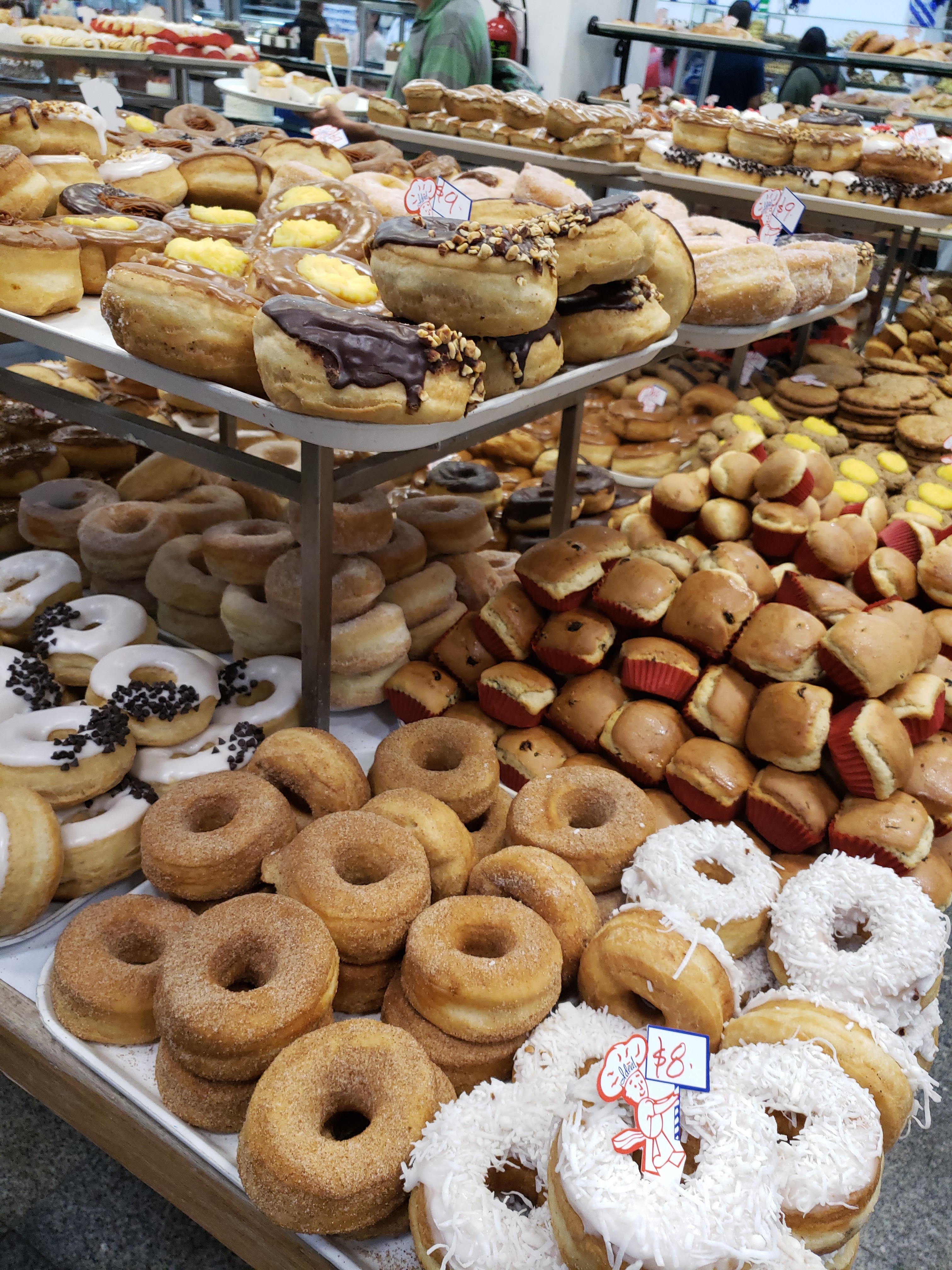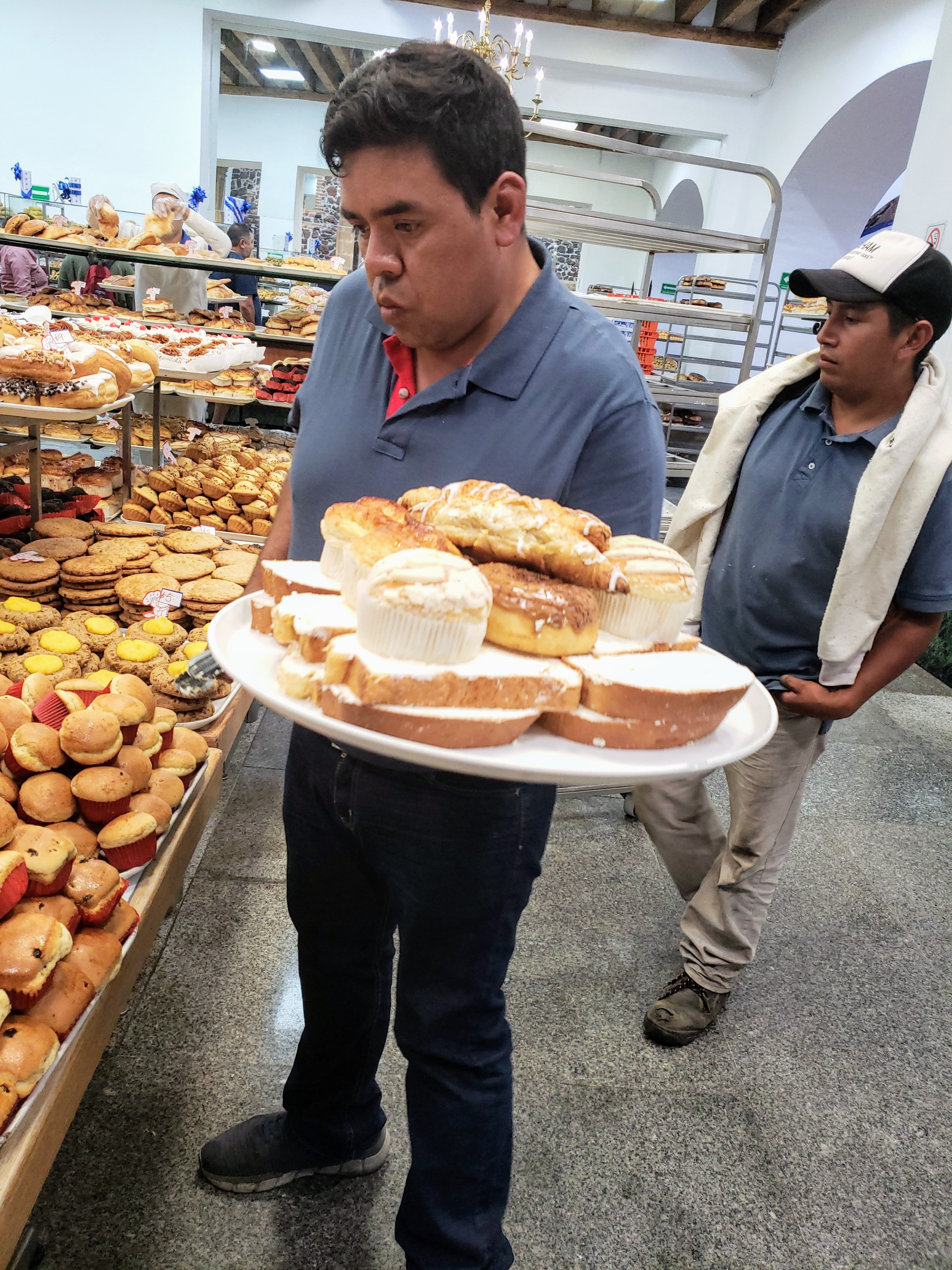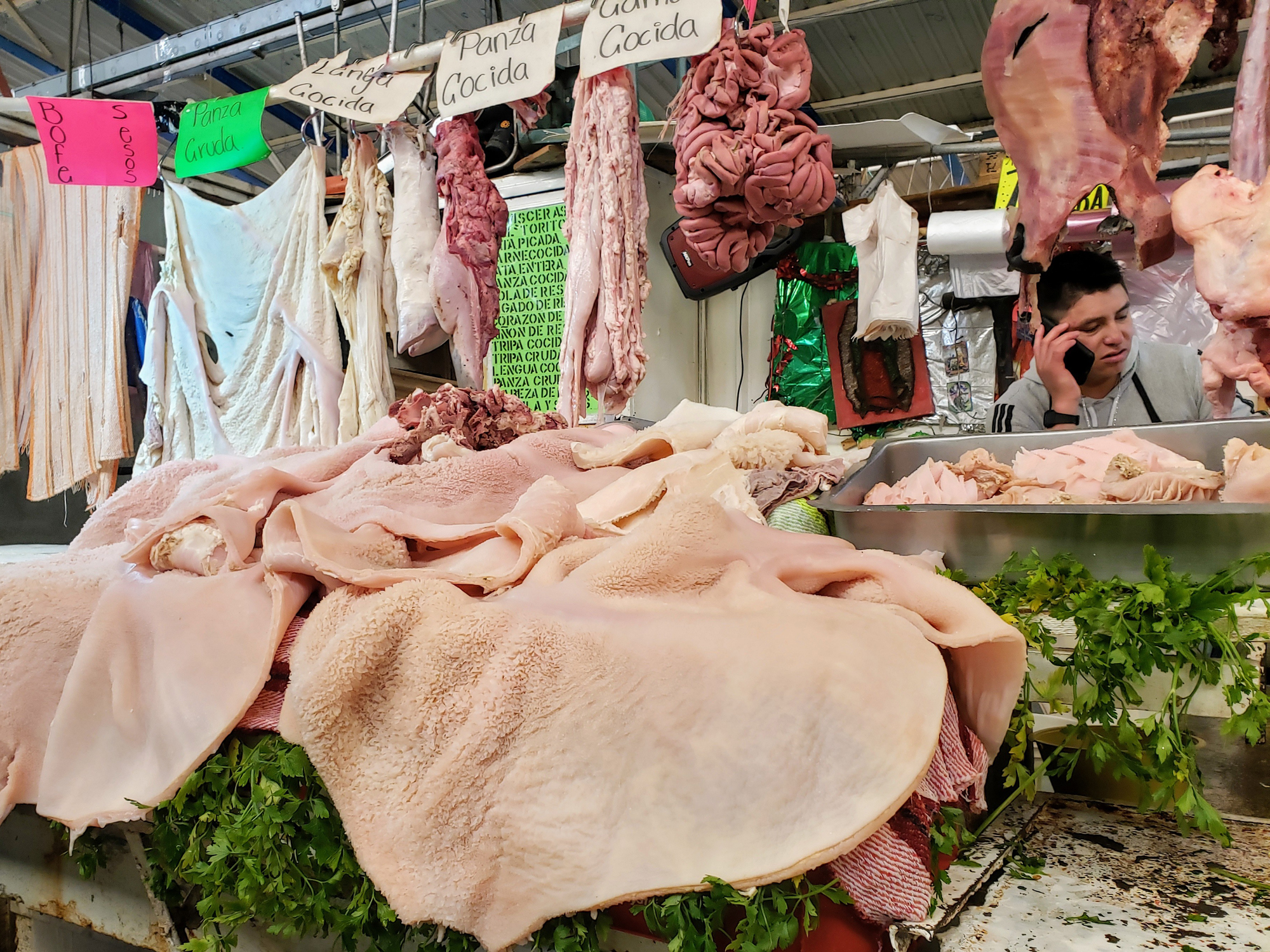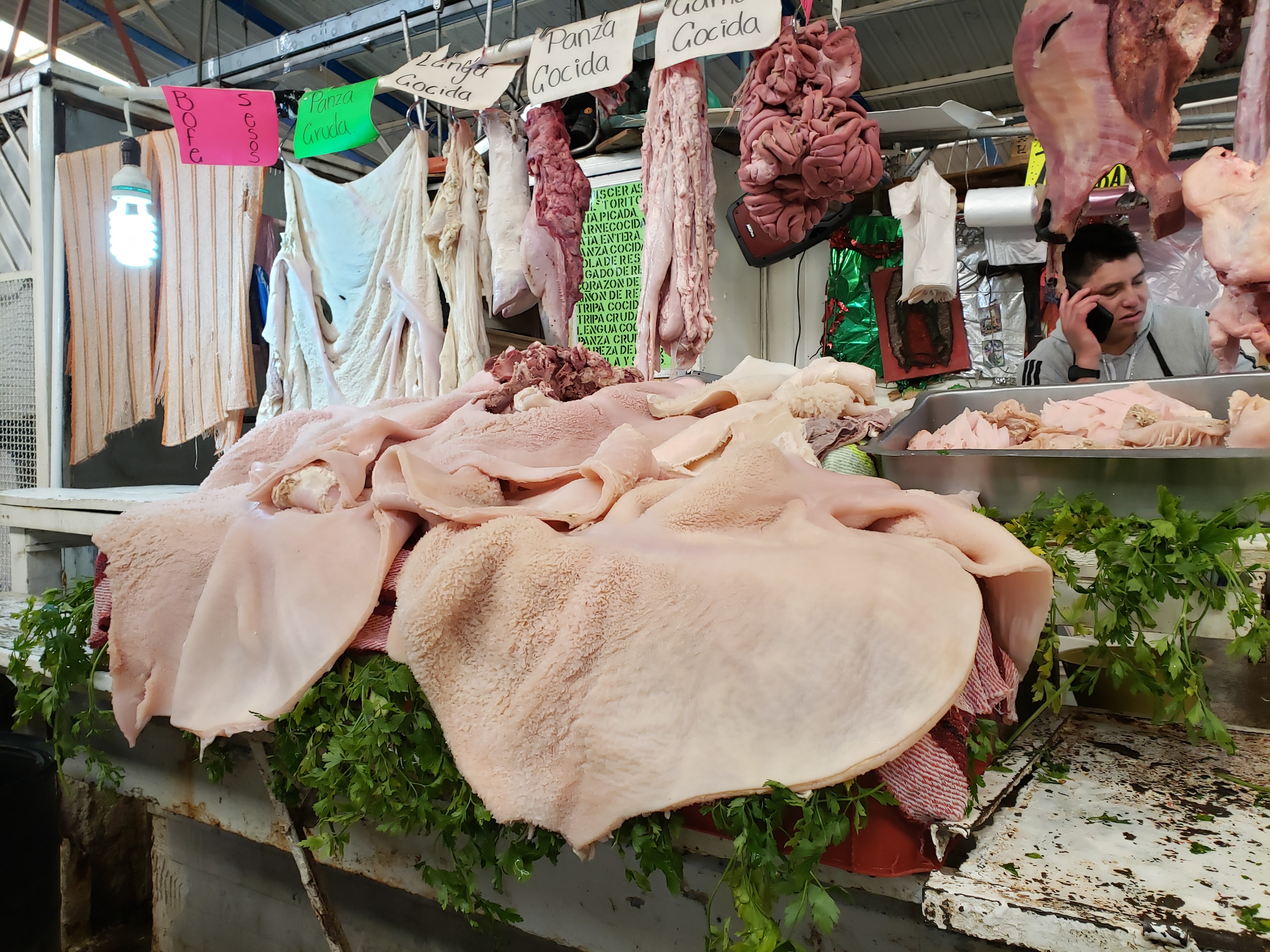Text and photos by Mary L. Peachin
Vol. 24, No.5 March/April, 2020
Hosting numerous markets, Mexico City’s La Merced and Jamaica are two of the most popular, the latter open 24 hours a day. Mingled between aisles of meat-carving butchers are merchants selling spice, plus a variety of vegetable-sellers. Everyone shares space with food vendors who hawk everything from tamales to tortas. You can’t go wrong spending a few minutes ducking into any market you see, but La Merced, a commercial hub since the seventeenth century, and Jamaica attracts the most visitors.
No matter how much “se habla Español,” it’s worthwhile to join a Culinary Backstreets tour, who offer expert guides, in order to easily navigate the twisting maze of narrow and confusing passageways, to choose the best taco vendor, to know which mole stand offers free samples, or simply provide names to the many unknown fruits, vegetables, and the best food stalls spread over acres in the market.
Dozens of packed booths can be found along the main food-stall drag, a place where market workers and shoppers gather at all hours to eat caldo de gallina (chicken stew), fresh tacos, pancita (a stew-like soup made from tripe found in the cow’s stomach), or rich, pork posole soup.
Food vendors eventually give way to the meat section, where you can buy una vaca entera (a whole cow) for several thousand pesos or, for those less ambitious, a freshly hacked butcher’s steak or chop as they show off their carving skills. If cow head is of interest stop by one of the vendors selling tacos de cabeza. The meat is sliced and steamed to order. Nothing goes to waste or is left uneaten on any animal brought to a Mexico market.
Prickly pear cactus is a popular Mexican food item. Known as nopales, vendors spend hours scraping and removing its spines. Specialty vendors sell crisp-fried insects including crickets, grasshoppers, ants and escamoles (ant larvae) as well as their aquatic counterparts, tiny crayfish. Chicken intestines (cleaned, cured, and cooked) may look unsettlingly wormlike, but they taste like the richest, most savory bite of chicken you’ve ever eaten.
Hours can be spent watching mole made from scratch. Another option is visiting a market mole vendor, where rows of intensely flavored pastes are sold by the kilo.
Along the street outside the market, vendors sell sweets. A half-dozen stands attract customers to towering chunks of candied fruit attracting swarms of bees and flies.
While most of the market is dedicated to food and food-related products, there’s a vast tianguis (open-air market) surrounding the official footprint of La Merced, that may as well be part of the market proper. There, you’ll find everything from calendars to piñatas to cheap, made-in-China off-brand sneakers.
Francisco “Paco” de Santiago, a resident or “chilango” of Mexico City knows the area well and in addition to the markets, he points out historical places like the Señor de la Humildad Chapel, architectural landmarks, an historic cantina, and requesting us to put away cameras, took us down a street lined with hookers.
There is so much to see that two days are required if you find yourself submerged in this interesting area of Mexico’s past and present.


